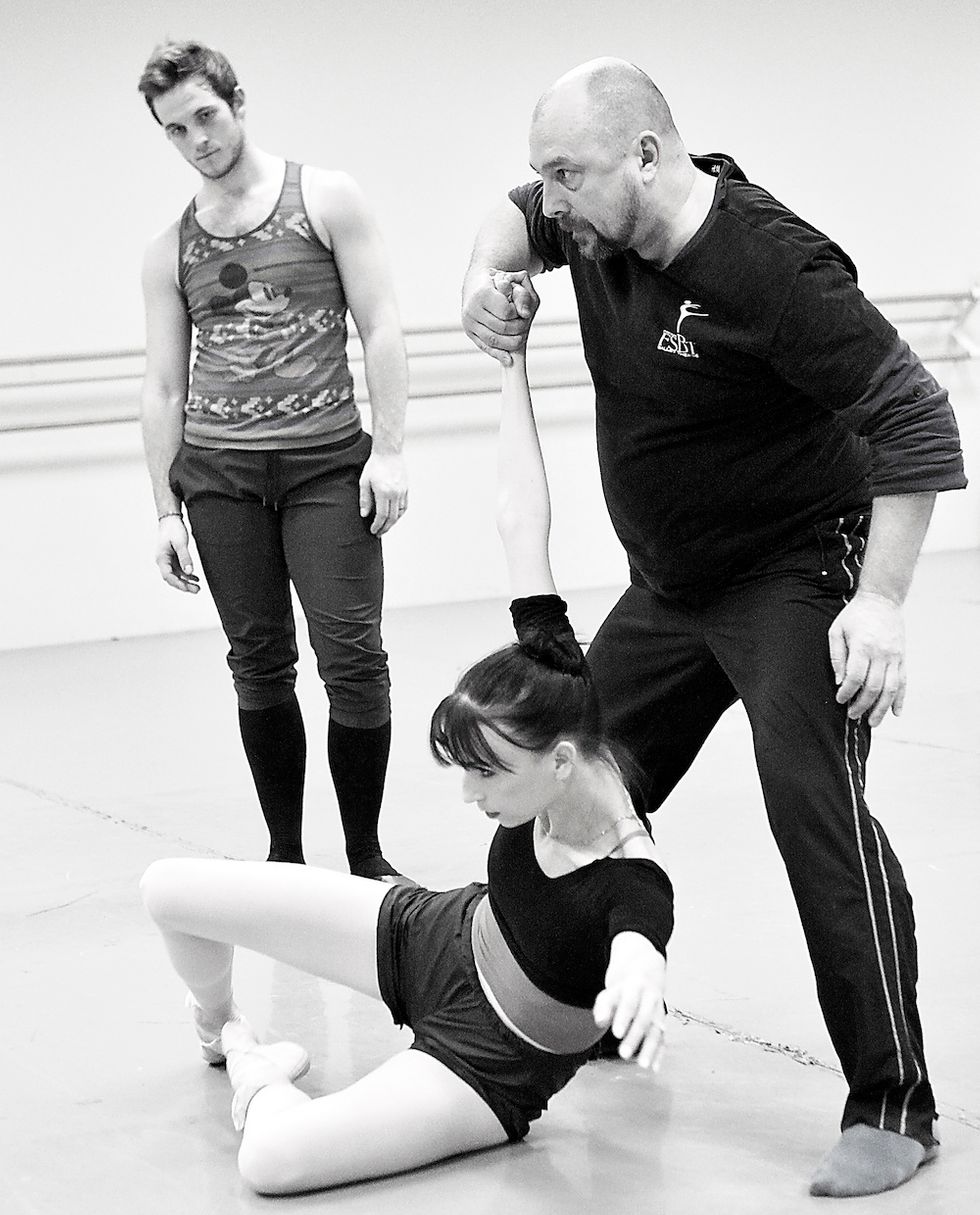Resident choreographer of Festival Ballet Providence in Rhode Island and former principal dancer with Boston Ballet, Viktor
Plotnikov creates work for Youth America Grand Prix (YAGP) and International Ballet Competitions (IBC) all over the world. “In 2005, dancers from Boston Ballet wanted to compete and asked me to make pieces for them. That was my start,” he says. When these dancers took Plotnikov’s pieces to IBC Helsinki, one won the prize for best choreography and people started to talk more about his work. “I didn’t advertise anything. It was really word of mouth.”
He has since made more than 230 pieces for ballet competitions, winning awards at both YAGP and IBC for his contributions. While he didn’t intend to go this route, Plotnikov thinks that creating work for both ballet companies and competitions has been a good mix. “I love spending time in the studio with professionals and kids. It doesn’t matter,” he says. “Work is work and I love what I do. When I see that they start developing in the choreography, it’s just awesome.”
One of his greatest challenges has to do with time, making sure his pieces are the required lengths for each competition. “I’ve seen a dancer get eliminated because his piece was just 1:50 minutes and he had no other choreography,” Plotnikov says. “They stood with a stopwatch and counted every second, even the silence, and unfortunately they had to disqualify the guy.” Another challenge is finding ample time to create a piece. “Sometimes there are so many kids and you only have a week or 10 days. But it all depends on how fast the kids can learn and process the information.”
Plotnikov will sometimes film himself with corrections, explaining how each movement should be done so that young, less experienced students have it for reference. “Everything I give describes something,” he says. “The talent is always hidden within each dancer, and you have to find the key and unlock possibilities for them.”






